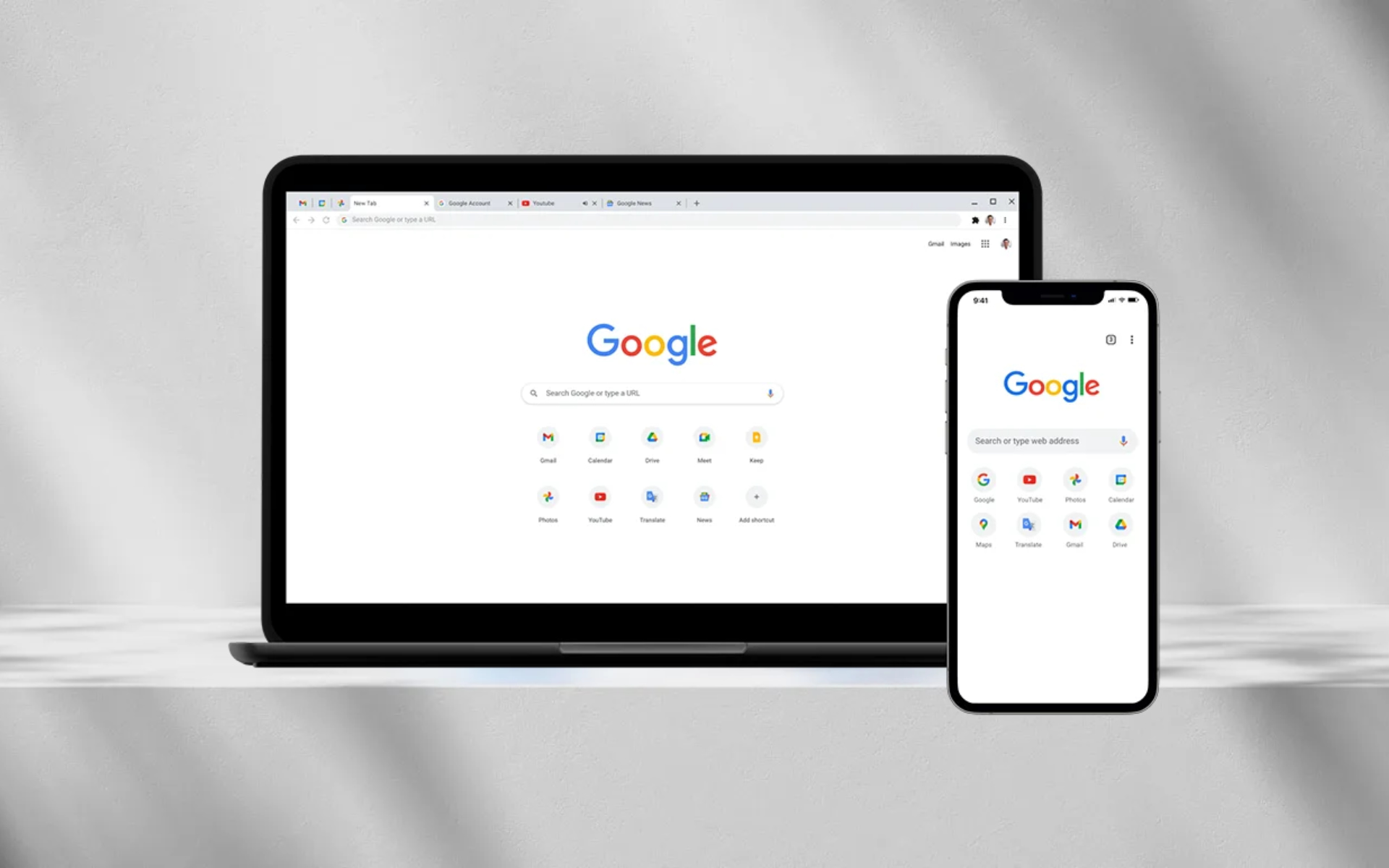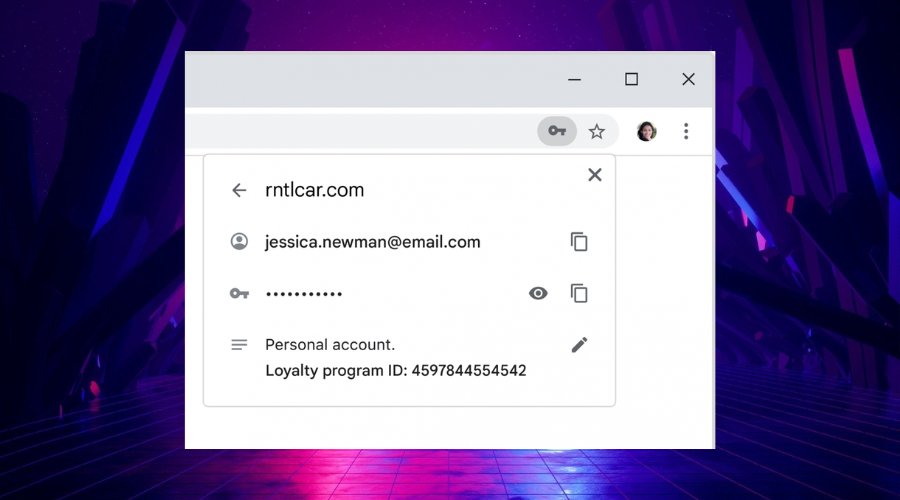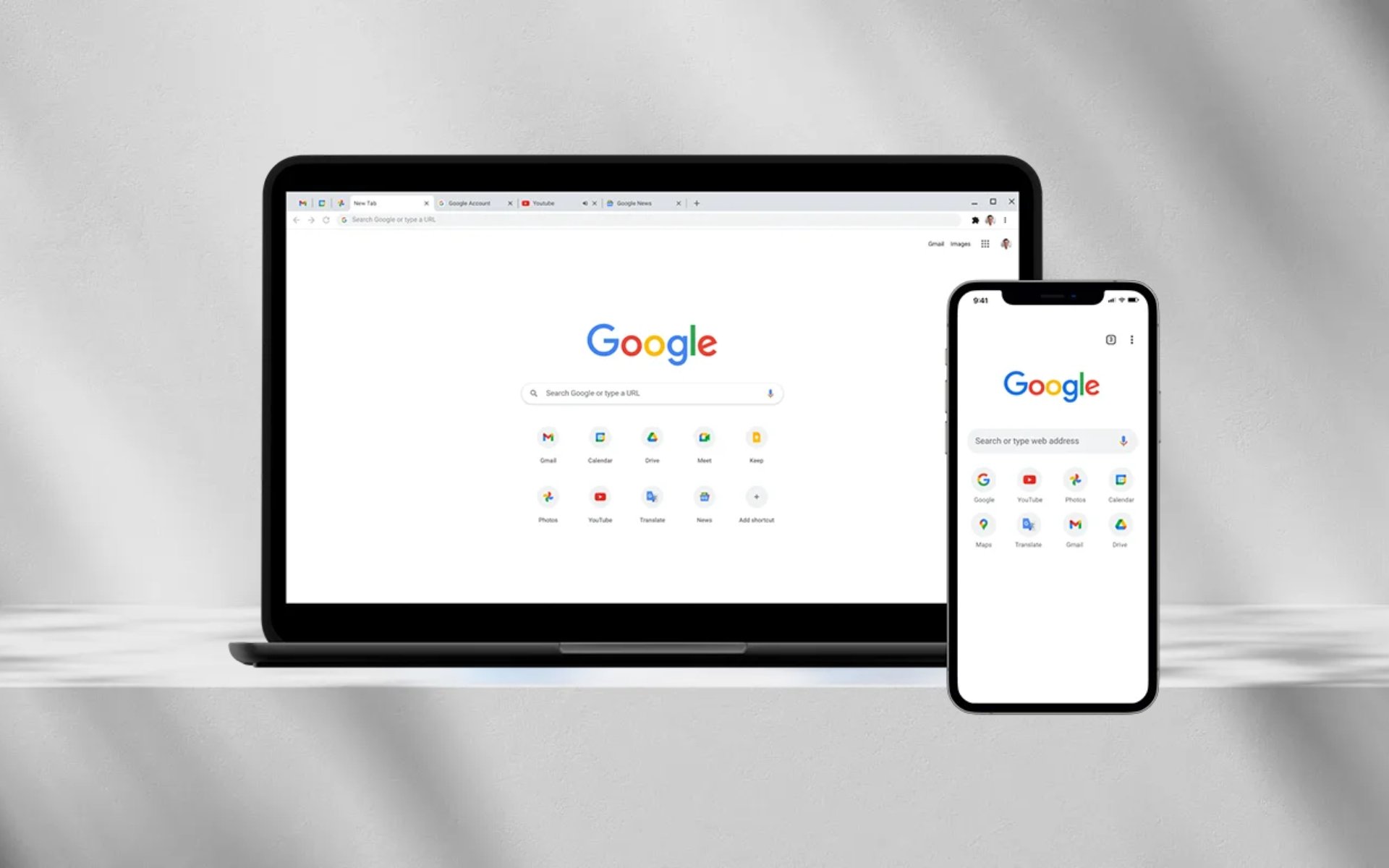Here’s a new way you can use to login to Chrome
- Security should be our top priority when online, and Google is stepping up its game.
- Soon, the Chome browser will have a biometric login feature, among other functions.
- There is also a quick shortcut to your passwords from the desktop on its way to us.

We already shared the fact that Google is about to drop Drive support for older versions of Windows, such as 8, 8.1, and 10 32-bit.
Even though we’re about to talk about something else, we are still going to focus on Google and the Windows operating system.
Google has made major improvements to how passwords are stored inside Chrome recently, taking some of its best features from its mobile browser and applying them to the desktop.
Remember that File Explorer finally got a redesigned Home & Address bar, and that native RGB dynamic lighting control is coming to Windows 11.
Logging safely into Chrome just got way easier
Undoubtedly, the relationship between the Chrome browser and password managers has been a bit of a slippery slope, in terms of which app holds the keys to your digital life.
The Google company already offers to store your passwords within the Google Cloud, offering additional features such as trolling the deep web to ensure that they haven’t been leaked as part of a breach.
Today, Chrome is about to get some new key features. We’re looking at a quick shortcut to your passwords from the desktop, and the ability to import passwords stored elsewhere.
But wait, there’s more. Perhaps most importantly, we are getting the ability to use biometric identification to unlock your password vault on the desktop browser.
Furthermore, we’ll also be able to add notes to a password file, to identify a PIN or store other useful information.
This mentioned note will also be securely stored, with the same protections applied to the password. There’s even more good news, as the Password Checkup feature is also coming to iOS.

Let’s focus on the main improvement, which is biometric authentication. When using mobile devices, that generally means using a fingerprint scanner to unlock the password vault or identify yourself to an app.
On Windows PCs, Google will use whatever biometric methods are available, such as Windows Hello depth cameras.
Keep in mind that this is an optional feature, one that provides a powerful layer of security that takes little effort.
Another important detail here is that facial logins via Windows Hello can be wonky sometimes, as you shave or grow a beard, for example.
That being said, the main philosophy here is that if Windows Hello works for the Windows OS, it will work for Chrome as well.
Know that Google has also added a home option for managing passwords within Chrome, via the new Password Manager heading in your Chrome settings menu.
What are your thoughts and opinions on this topic? Be sure to let us know in the dedicated comments section below.
Start a conversation




Leave a Comment